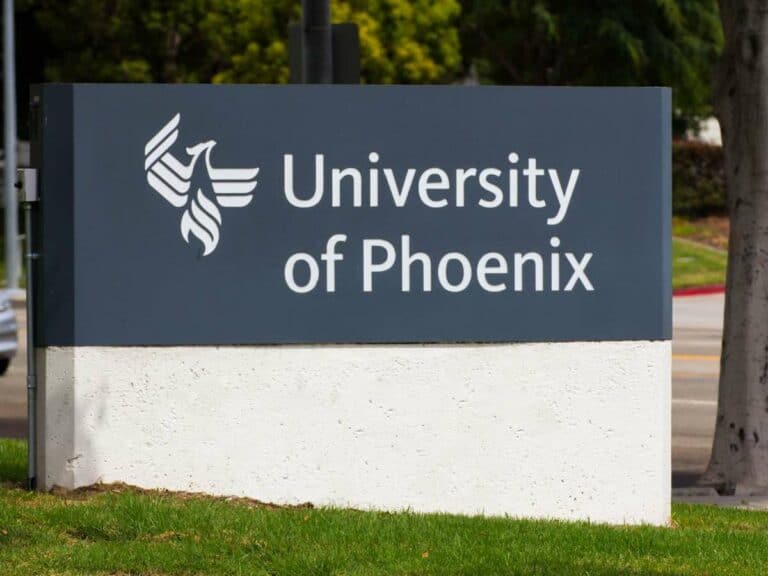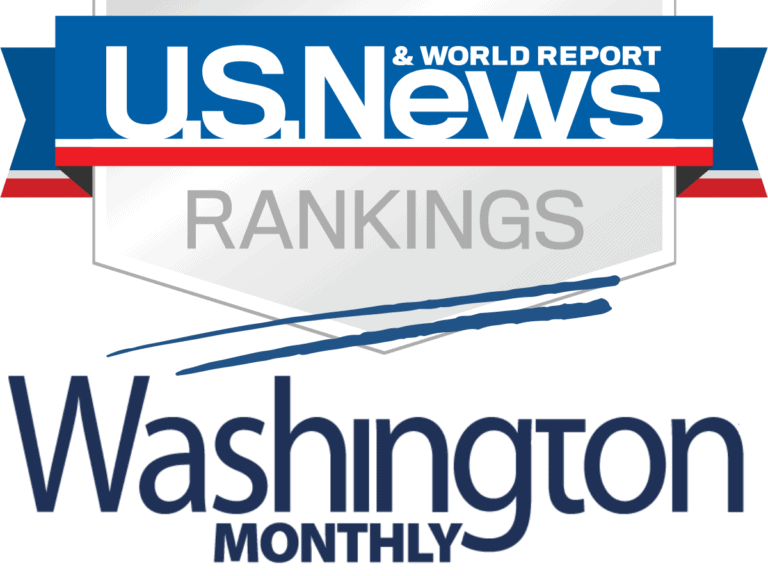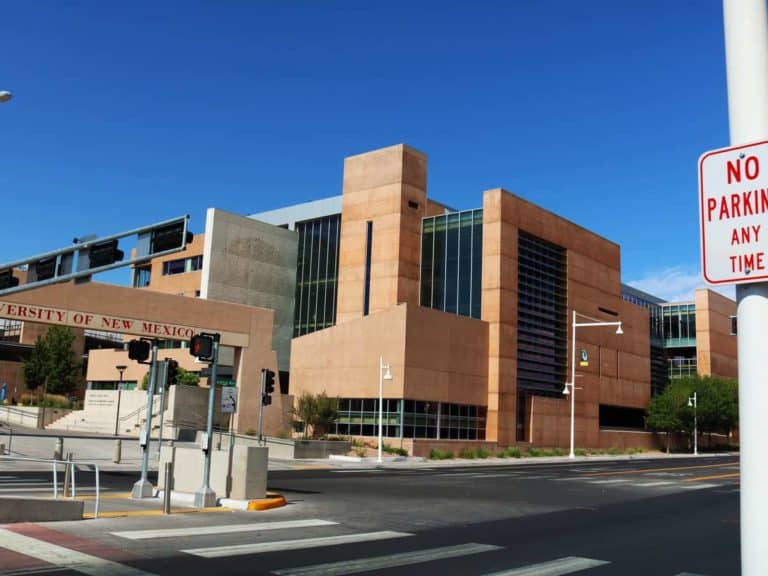16 Best ED2 Colleges if You Were Rejected or Deferred From ED1
More and more colleges adding second rounds of Early Decisions in order to increase their yield rates (number of admitted students who matriculate).
So, if your plan was to increase your chances to get admitted by applying early and if you had been rejected or deferred from ED1, applying to a school with ED2 can still be advantageous.
All you need now is to select a good ED2 university and I listed some of the best choices as well as who should consider those schools. Later in this post, I will answer a bunch of the most commonly asked questions about early decision 2.
Top 16 EDII Colleges and Universities
Before anything else, let’s get one thing straight: there are more colleges and universities that offer early decision 2 than what this post will talk about shortly. The names you will encounter below are included simply because they are some of the most highly-ranked institutions in the country.
But since college rankings are subjective, feel free to explore other ED2 schools.
So, without further ado, here are 16 selective institutions of higher education where you can apply ED2. I have included some helpful information for each one to help you with the college-selection process:
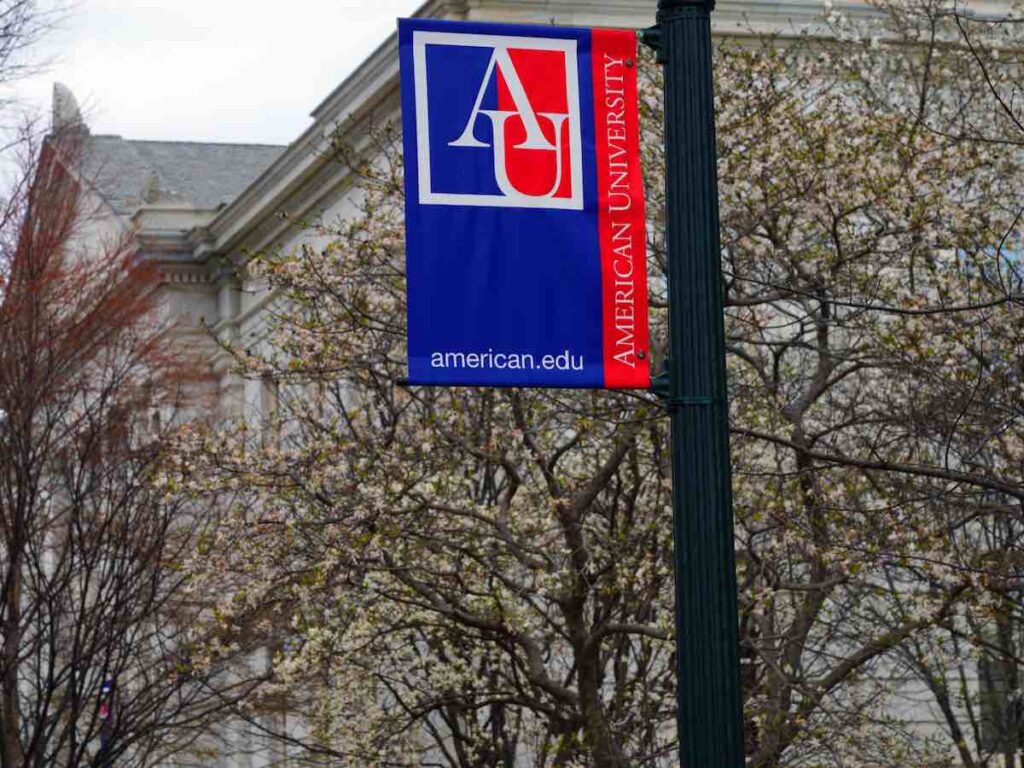
American University
Located in Washington, DC and consisting of 8 schools and colleges, American University is ranked #72 in National Universities by US News. With an acceptance rate of 64%, more than half of all applicants applying regular decision get accepted into the private research university.
Students who applied to the following schools ED1 and got rejected or deferred may apply to American University ED2: Drexel University, Lafayette College and College of William & Mary.
- ED1 deadline: November 15
- ED1 acceptance rate: 87%
- ED2 deadline: January 15
- ED2 acceptance rate: 81%
Boston College
A private Jesuit research university located in Chestnut Hill, Massachusetts, Boston College has, as of this writing, a total of 9,532 undergraduates, an acceptance rate of 26% and tuition and fees amounting to $64,176. It is #36 in National Universities and #50 in Best Value Schools, both ranking by US News.
Those who applied to the following colleges and universities ED1 and got deferred may try applying to Boston College ED2: Emory University, Fordham University and Santa Clara University.
- ED1 deadline: November 1
- ED1 acceptance rate: 28%
- ED2 deadline: January 3
- ED2 acceptance rate: 28%
Boston University
With an acceptance rate of 20%, Boston University is a moderately selective institution. It has 2 main campuses, both of which are located in Boston, Massachusetts. The private research university, which has an undergraduate enrollment of 18,229, is ranked by US News #41 in National Universities.
College-bound high schoolers who applied ED1 to the following institutions and got deferred may consider applying to Boston University ED2: Colgate University, New York University, Northeastern University and Tufts University.
- ED1 deadline: November 1
- ED1 acceptance rate: 32%
- ED2 deadline: January 4
- ED2 acceptance rate: 32%

Bowdoin College
Chartered in 1794, Bowdoin College is a private liberal arts college located in Brunswick, Maine. Its campus, which has a suburban setting, is 215 acres big. It has a very low acceptance rate of 9%. US News ranks Bowdoin College #6 in National Liberal Arts Colleges and #3 in Best Undergraduate Teaching.
Students who applied to the following schools ED1 and got deferred may apply to Bowdoin College ED2: Bard College, Bates College, College of the Holy Cross, Smith College and Wesleyan University.
- ED1 deadline: November 15
- ED1 acceptance rate: 27%
- ED2 deadline: January 5
- ED2 acceptance rate: 27%
Brandeis University
Ranked #44 in National Universities and #41 in Best Value Schools by US News, Brandeis University is a private research university with a liberal arts focus. Located in Waltham, Massachusetts, it has an acceptance rate of 33%. As of the academic year 2022 to 2023, undergraduate tuition and fees at Brandeis University amount to $62,722.
Graduating high schoolers who applied to the following schools ED1 and got deferred may apply to Brandeis University ED2: Boston University, Northeastern University, Tufts University and Vassar College.
- ED1 deadline: November 15
- ED1 acceptance rate: 56%
- ED2 deadline: January 15
- ED2 acceptance rate: 56%

Claremont McKenna College
Founded in 1946, Claremont McKenna College is a private liberal arts college located in Claremont, California. Its campus, which is 69 acres big and has a suburban setting, is home to 1,416 undergraduate students. Its acceptance rate is 13% and is ranked #9 in National Liberal Arts Colleges by US News.
Those who applied to the following institutions ED1 and got deferred may try applying to Claremont McKenna College ED2: Harvey Mudd College, Occidental College, Scripps College and Pomona College.
- ED1 deadline: November 1
- ED1 acceptance rate: 32%
- ED2 deadline: January 10
- ED2 acceptance rate: 32%
Harvey Mudd College
Most students who attend Harvey Mudd College intend to focus on science and engineering. Located in Claremont, California, the private institution, which has an acceptance rate of 10% only, is a part of the Claremont Colleges. US News ranks the school #29 in National Liberal Arts Colleges.
Students gearing up for college who applied to the following schools ED1 and got deferred may apply to Harvey Mudd College ED2: Pomona College, Rice University, Swarthmore University and Vanderbilt University.
- ED1 deadline: November 15
- ED1 acceptance rate: 21%
- ED2 deadline: January 5
- ED2 acceptance rate: 21%
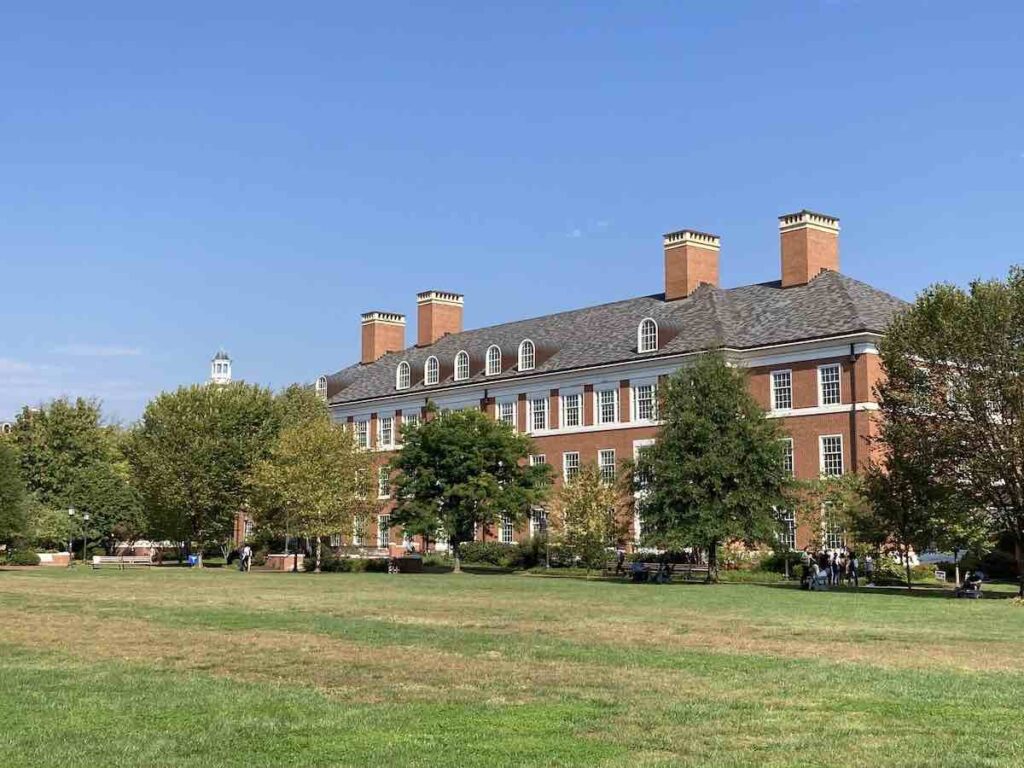
Johns Hopkins University
Considered the oldest research university in the US, Johns Hopkins University was founded in 1876. Its campus, which is located in Baltimore, Maryland, is 140 acres big and has an urban setting. The school’s acceptance rate is 8%. Johns Hopkins University is #7 in National Universities and #10 in Most Innovative Schools by US News.
College-bound high school teens who applied to the following institutions ED1 and got deferred may consider applying to Johns Hopkins University ED2: Carnegie Mellon University, Duke University and Northwestern University.
- ED1 deadline: November 1
- ED1 acceptance rate: 31%
- ED2 deadline: January 3
- ED2 acceptance rate: 31%
Mount Holyoke College
A private liberal arts college for women only, Mount Holyoke College has an acceptance rate of 52%. US News ranks the school, which is located in South Hadley, Massachusetts, #36 in National Liberal Arts Colleges. Based on the academic year 2022 to 2023 rate, undergraduate tuition and fees amount to $58,498.
Those who applied to the following colleges and universities ED1 and got deferred may try applying to Mount Holyoke College ED2: Boston University, Bryn Mawr College, Smith College and Wellesley College.
- ED1 deadline: November 15
- ED1 acceptance rate: 54%
- ED2 deadline: January 4
- ED2 acceptance rate: 54%
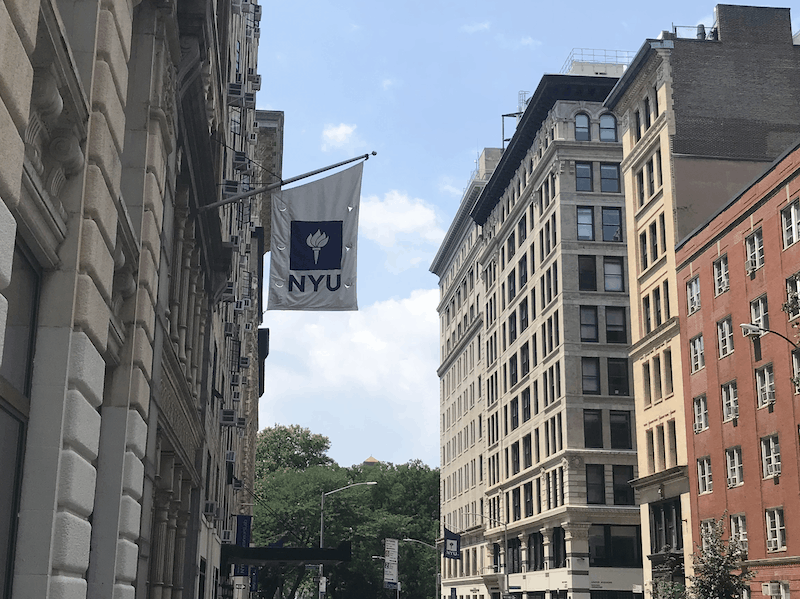
New York University
Ranked #25 in National Universities by US News, New York University has an acceptance rate of 13%. The private research university has an urban campus serving as home to 28,772 undergraduate students. Some of the most popular majors at New York University include business, social sciences and visual and performing arts.
Students who applied to the following schools ED1 and got deferred may consider applying to New York University ED2: Barnard College, Boston University, Carnegie Mellon University, Fordham University and Vassar College.
- ED1 deadline: November 15
- ED1 acceptance rate: 38%
- ED2 deadline: January 15
- ED2 acceptance rate: 38%
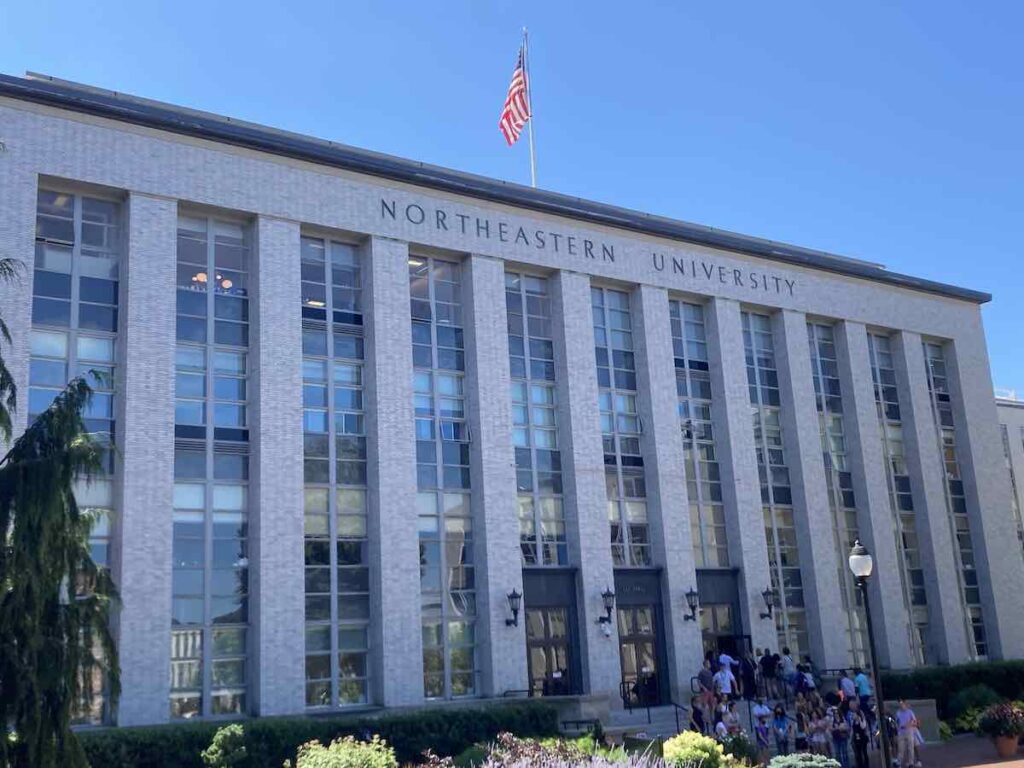
Northeastern University
Founded in 1898, Northeastern University is a private research institution located in Boston, Massachusetts. With an acceptance rate of 20%, US News ranks it #44 in National Universities. Undergraduate tuition and fees at Northeastern University, as of the academic year 2022 to 2023, amount to $60,192.
Students bound for college who applied to the following schools ED1 and got deferred may apply to Northeastern University ED2: Boston College, Boston University, Brandeis University and Tufts University.
- ED1 deadline: November 1
- ED1 acceptance rate: 51%
- ED2 deadline: January 1
- ED2 acceptance rate: 51%
Pomona College
Ranked #3 in National Liberal Arts Colleges, #9 in Best Undergraduate Teaching and #4 in Best Value Schools by US News, Pomona College is a private liberal arts college located in Claremont, California. With an acceptance rate of 7% only, the institution’s undergraduate population is 1,764.
College-bound teens who applied to the following schools ED 1 and got deferred may apply to Pomona College ED2: Claremont McKenna College, Harvey Mudd College and Washington University in St. Louis.
- ED1 deadline: November 15
- ED1 acceptance rate: 13%
- ED2 deadline: January 8
- ED2 acceptance rate: 13%
Tufts University
Located in Massachusetts, Tufts University is a private research institution founded in 1852 as Tufts College. It has an acceptance rate of 11% and undergraduate tuition and fees amounting to $65,222, based on the academic year 2022 to 2023 rate. Tufts University is ranked #32 in National Universities by US News.
Those who applied to the following colleges and universities ED1 and got deferred may try applying to Tufts University ED2: Amherst College, Colby College, Middlebury College, Northeastern University and Vassar College.
- ED1 deadline: November 1
- ED1 acceptance rate: 26%
- ED2 deadline: January 4
- ED2 acceptance rate: 26%

University of Chicago
Ranked #6 in National Universities by US News, the University of Chicago is a private research school that’s located in Chicago, Illinois. It’s one of the most selective institutions in the country, with an acceptance rate of 6%. Some of the most popular majors include biology, foreign languages, mathematics, physical sciences and social sciences.
Teens who applied to the following schools ED1 and got deferred may try applying to the University of Chicago ED2: Columbia University, Duke University and Northwestern University.
- ED1 deadline: November 1
- ED1 acceptance rate: 23%
- ED2 deadline: January 4
- ED2 acceptance rate: 23%
Vanderbilt University
Offering 70 majors, Vanderbilt University is a private research university with an acceptance rate of 7% only. Located in Nashville, Tennessee, its 333-acre suburban campus houses 7,111 undergraduate students. US News ranks the institution #13 in National Universities and #21 in Best Undergraduate Teaching.
Those who applied to the following schools ED1 and got deferred may consider applying to Vanderbilt University ED2: Duke University, Emory University, Johns Hopkins University and Rice University.
- ED1 deadline: November 1
- ED1 acceptance rate: 18%
- ED2 deadline: January 1
- ED2 acceptance rate: 18%
Vassar College
With an acceptance rate of 25%, only a fourth of all applicants to Vassar College get admitted. Located in Poughkeepsie, New York, the private liberal arts institution is home to 2,516 undergraduate students. US News ranks Vassar College #13 in National Liberal Arts Colleges and #2 in Best Colleges for Veterans.
Students who applied to the following institutions ED1 and got deferred may consider applying to Vassar College ED2: Harvey Mudd College, Pomona College, Swarthmore College and Washington University in St. Louis.
- ED1 deadline: November 22
- ED1 acceptance rate: 47%
- ED2 deadline: January 9
- ED2 acceptance rate: 47%
Commonly Asked Questions About ED2
In this part of the article, I will answer some of the most pressing questions about early decision 2 that many college-bound teenagers feel too shy to ask.
By getting to know ED2 better, you can have a much better idea of whether or not it’s the right admission plan for you instead of early decision 1 or regular decision. With the right choice, you can steer clear of matters that can keep you from starting your college life with a bang.
What is the difference between ED1 and ED2?
While both early decision programs are binding, they differ primarily in terms of timelines. ED1 has an earlier application deadline, which is typically in October or November. The admissions decision is usually made by mid-December. On the other hand, ED2 commonly has the same application deadline and admissions decision as regular decision.
Although it’s true that early decision 2 shares pretty much the same timelines with RD, there’s something that separates them. ED2, just like ED1, is binding. Regular decision, on the other hand, isn’t.
Does ED2 increase your chances of getting accepted?
One of the many perks that come with applying early decision 2 is that it can increase a student’s chances of getting an acceptance letter. This can be advantageous, especially when applying to a selective college or university. However, between the two early decision programs, admissions chances are usually higher for ED1 than for ED2.
It’s important to keep in mind that even though the acceptance rate for early decision 2 is generally higher than for RD, having an application that meets what the institution looks for is still a must.
Do all schools have early decision 2?
Not all colleges and universities have an early decision 2 admission plan. Similarly, not all institutions with an early application program offer ED2 — many of them offer early decision 1 only. ED2, if truth be told, is generally a less popular admission plan among many institutions. In most instances, it’s found at private liberal arts colleges.
When schools talk about early decision, they are usually referring to ED1. Those who also have ED2 will explicitly talk about it on their website as well as provide detailed instructions on how to apply.
Do any Ivy League schools have ED2?
None of the Ivy Leagues have early decision 2. As a matter of fact, not all of these elite institutions have ED1, either. Instead, some of them offer an early admission plan referred to as restrictive early action. Also sometimes called restricted early action, REA is non-binding. However, it restricts students from applying early to other schools.
November 1 is usually the application deadline for REA. Ivy League institutions with the said early admission plan include Harvard University, Princeton University and Yale University.
Is it better to apply EDI or EDII?
The advantage of early decision 1 is that it usually has a higher acceptance rate than ED2 and allows applicants to hear back from colleges earlier. However, for some students, applying ED2 is better. For instance, it gives applicants the opportunity to improve their applications and provides them with more time for gathering supporting documents.
Early decision 1 and early decision 2 have similarities and differences. When choosing between these early application programs, college-bound teens should carefully weigh the pros and cons of each one.
Read Also: Early Decision Strategy for Getting Admitted to Best College
Can you get deferred from early decision 2?
Just like ED1, ED2 application can result in any of the following: acceptance, denial or deferral. A deferral means that the application will be reviewed together with the rest of those in the regular decision pool. Once deferred, the student is released from the binding agreement. The student is not obligated to attend if accepted RD.
According to a report by College Admissions Consulting, all early decision applicants have a 50% to 80% chance of getting a deferral.
Can you apply ED2 at the same school after being rejected from ED1?
Students can apply to the same college or university only once during a single application cycle. Needless to say, those who get rejected from early decision 1 cannot reapply to the same school early decision 2. Similarly, they cannot apply to the same institution regular decision, too. However, they can apply ED2 or RD at other colleges.
Got rejected by your early decision 1 college? You can apply to other schools via ED2 or RD, especially since both have practically the same deadlines. You can reapply to the same school in the following application cycle.
Read Also: Can You Reapply in Regular Round If Denied Early?
Can you apply to other schools when applying ED2?
It’s possible to apply early decision to only one institution. This is true whether the preferred plan is ED1 or ED2. Applying to other schools regular decision, meanwhile, is perfectly fine. But it’s important to keep in mind that those who are accepted via ED1 or ED2 must withdraw their RD applications to other colleges and universities.
Because ED2 is binding, it doesn’t make sense to apply to more than one institution through the said early decision program. It is, however, wise to also apply RD to other schools when applying ED2 to a particular school.
Who shouldn’t apply early decision 2?
Those who are going to college without a clear top-choice school should refrain from applying ED2. The same is true for those who are on a budget as it does not allow them to compare financial aid packages from multiple schools. Since ED2 is binding, someone who gets accepted should enroll in the early decision school no matter the financial aid offer.
While there are perks that come with applying early decision, both ED1 and ED2 are unfair to students who need financial aid because they are unable to check out financial aid packages before agreeing to attend.
Is Early Decision 2 binding?
Just like early decision 1, early decision 2 is binding. This means that students will sign a contract that commits them to attend an ED school if accepted. And once accepted, students will have to withdraw their regular decision applications from other institutions. With sufficient reason, a student may be allowed to back out of the ED contract.
Some of the most common reasons that allow ED applicants to be released from the contract include inability to afford college, a serious health problem or an accident.
What’s the difference between ED2 and early action?
Both early decision 2 and early action are early admission plans. While the deadline for ED2 is usually January 1 or January 15, the deadline for EA is commonly November or January, depending if it’s EA1 or EA2. However, EA is non-binding. In addition, in most instances, students are allowed to apply EA to multiple colleges and universities.
EA1 applicants usually hear back from early action schools by mid-December. On the other hand, EA2 applicants usually receive admissions decision notifications by late January or mid-February.
Read Next: How is Early Decision Enforced? Myths and Facts
Disclaimer: The views and opinions expressed in this article are those of the authors and do not necessarily represent those of the College Reality Check.
